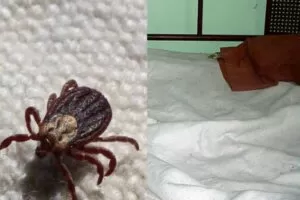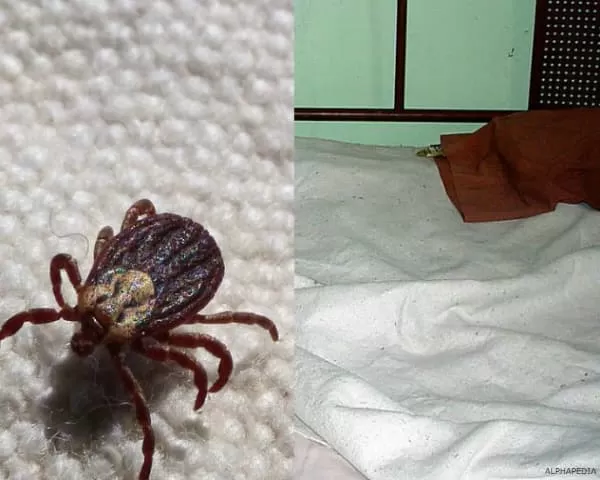What Are Mites ?
Mites are arthropods (creatures with jointed legs and skeletons on the outside of the body) that are related to, but different from, insects and spiders. The vast majority of mites are tiny and many are microscopic.
Most types of mites are free-living; that is, they are not parasites. Mites can feed on plants or fungi, are predators on other tiny creatures (including mites), or eat organic waste.
How Do you See or Know if There Are Mites ?
Can you see dust mites? The only way to really see them is to use a microscope.
If you can get a cheap microscope from a toy or hobby store that has at least a 10x magnification, you can find out once and for all if your home has dust mites. All you need to do is collect some dust samples around your house with a clear piece of tape and examine it under the microscope. Take samples from dusty spaces such as the corner of a room, under a chair or even directly from the fabric of a sofa.
Also take a sample of your bedding, including a pillow and mattress. If you notice itching in your arms or legs, also take a sample from there, as this may be a sign of dust mites on your skin.
Dust Mites on the Mattress Symptoms
Someone with a dust mite allergy may suffer the symptoms repeatedly and continuously and may notice their symptoms, especially when they wake up every morning. If you have dust mites in bed, symptoms may include one or more of the following:
- Sinus headaches
- Itchy or watery eyes
- Runny nose
- Sneeze
- Eczema
- Asthma
Mites in the Picadura Mattress
There are multiple types of biting mites. Chiggers are probably the most common. Chiggers are mite larvae that are ubiquitous outdoors, except in arid regions; they bite, feed on the skin, then fall off. The straw spider mite (Pyemotes tritici) is often associated with seeds, straw, hay, and other plant material; it is a parasite of soft-bodied insects that are or have been present on such materials.
How to Detect Mites in the Mattress ?
You don’t have to detect dust mites because they are a common part of our indoor environment and thrive in warm, moist environments! The answer is to limit your exposure to dust mites and their feces, which is where the allergen resides.
Dust mites love mattresses, largely because of the moisture our bodies release and the dead skin cells we shed during sleep. Given the ideal conditions found in mattresses, it’s not surprising that dust mite concentrations exceed those found in other household items.
How to Eliminate, Remove or Finish Dust Mites in the Mattress ?
- You may want to consider replacing all bedding, pillows and mattresses. This is too expensive, too troublesome and simply unnecessary.
- On the other hand, if you suffer from dust mite allergies, it’s a good idea to invest in special, washable pillow and mattress covers that are allergen-proof.
- Some of these come in the form of a zippered cover that completely covers the mattress or pillow, completely protecting it not only from dust mites but also from bugs, liquid spills, pet stains and anything else that can damage the mattress.
- One more tip for people with old-fashioned two-sided mattresses: you can kill dust mites simply by turning your mattress over once a month (or more often). By turning the mattress over, live dust mites are driven away from their food and water source, which will kill them in time.
- It’s also a good idea to wash pillows and sheets often in the hottest water available, and dry them at high dryer temperatures. Using your air conditioner along with a dehumidifier will reduce the heat and humidity in your room and bed that dust mites love.
Dust Mite Allergies
Dust mite allergy symptoms can be very subtle. If you are allergic to these creatures, your only symptom could be as simple as chronic congestion, which can be due to one or more of a multitude of different allergens, not just dust mites.
However, it’s important to keep in mind that dust mite allergies in children can be quite serious, as they are related to childhood and adult asthma.
Allergic dermatitis is caused by various species of mites associated with stored grain products, cheese and other foods. These mites do not bite, but they do cause allergic dermatitis because people become sensitized to mite allergens or their waste products.
How to Clean the Mattress with Bicarbonate to Eliminate Dust Mites
- Bicarbonate of soda and aspiration. This can work for a mattress with a fabric surface, for example, a spring mattress (do not try this directly on a latex core or memory foam).
- Mix one cup of baking soda with a few drops of your choice of essential oil. Then simply sprinkle baking soda on the mattress and let it sit for 15 minutes. Then vacuum it all up using the hose attachment to suck out all the baking soda completely.
- This will suck out the dust mites along with the baking soda. It is best to use a vacuum cleaner that has a HEPA filter, as this will be effective in collecting and containing the dust mites; ordinary vacuum cleaners will simply spread the dust mites more widely.
How to Clean the Mattress with Alcohol to Eliminate Dust Mites
Rubbing alcohol has long been used in beds to combat a larger cousin of the dust mite, the bedbug. If rubbing alcohol is effective against a larger arachnid, it will certainly kill the dust mite as well. Rubbing alcohol is comfortable to use because it is cheap and odorless. It is also a great disinfectant that kills bacteria.
Mattress Mite Removal Sprays
Denatures allergens with a dust mite spray. You can spray your mattress, pillows, carpets and soft furnishings with a mild allergen-neutralizing treatment They work by breaking down the protein that causes the allergic reaction.
Instead of killing the mites, it simply denatures the mites’ allergens. Avoid pesticides and insecticides, as these can trigger symptoms of chemical sensitivity and are generally not suitable for use in living areas.
Opinions on Mites in Mattresses
- My wife would always wake up and blow her nose during the first hour of the day. Now she doesn’t. She has an allergy to dust mites and pet dander and asked me to buy a dust mite protector and it worked, she’s better now.
- Recently, I developed a dust mite allergy (so my doctor says). We have pets, cats and dogs, and we always try to control their fleas on a monthly basis. We wanted to test and eliminate the dust mites on our furniture and carpets.
About Household Goods in ALPHAPEDIA

INDOOR ELECTRIC FLY SWATTER PRICE
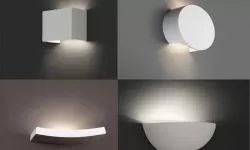
💚 WALL LAMPS: Rustic, Modern, Indoor and Outdoor

PRICE OF THE FLY SPRAY KILLER
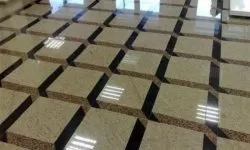
FLOORING AND TILES NEAR YOU AND ME

CASSETTE FIREPLACE: How Does it Work ? Prices, Brands and Types

FLOORING AND TILES
Learn How to Do Things in ALPHAPEDIA

HOW TO CLEAN SUEDE SHOES ?

HOW A DIGITAL SCALE WORKS ?
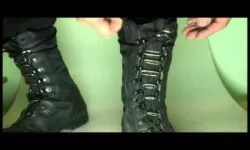
HOW TO TIE MILITARY BOOTS ?
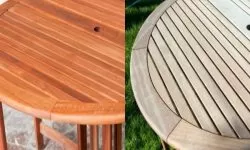
HOW TO RESTORE A WOODEN TABLE ?
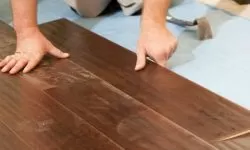
HOW TO INSTALL PARQUET FLOORING ?

LAWN CARE AND MAINTENANCE
Other Topics of Interest in ALPHAPEDIA

FREE MASTER DEGREE IN AUTOMATION

FREE TURNER MILLER COURSE

FREE DRYWALL COURSE

FREE MASTER DEGREE IN EDUCATIONAL EVALUATION

FREE HEADDRESS COURSE

FREE BACHELOR DEGREE IN TEACHING
Images of Dust Mites on Mattress
